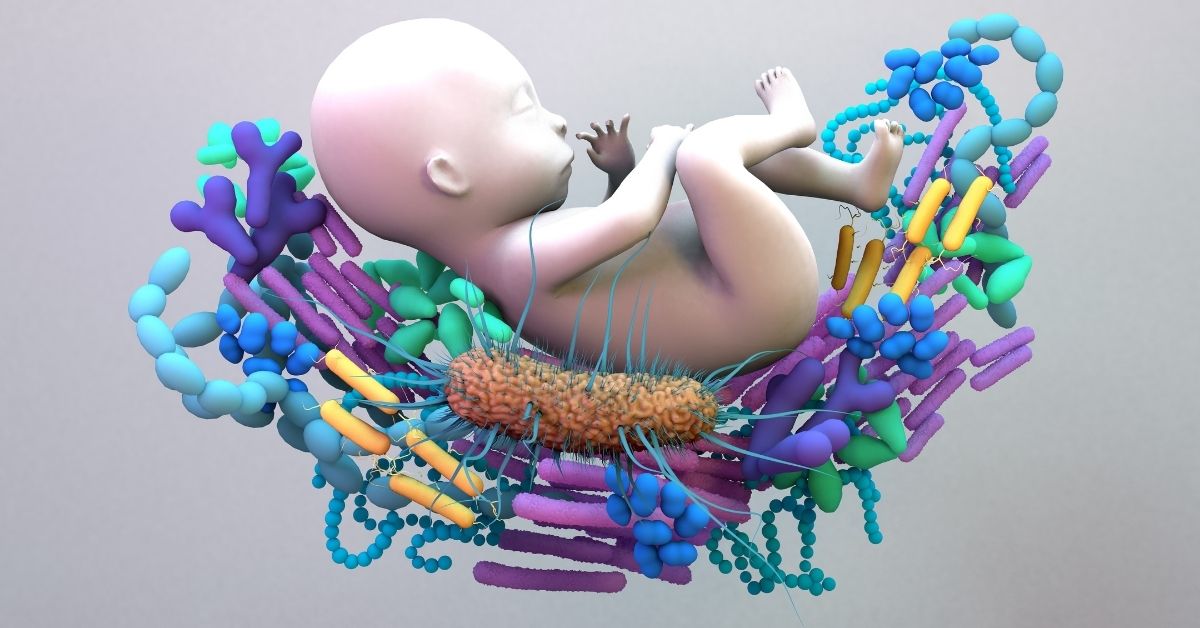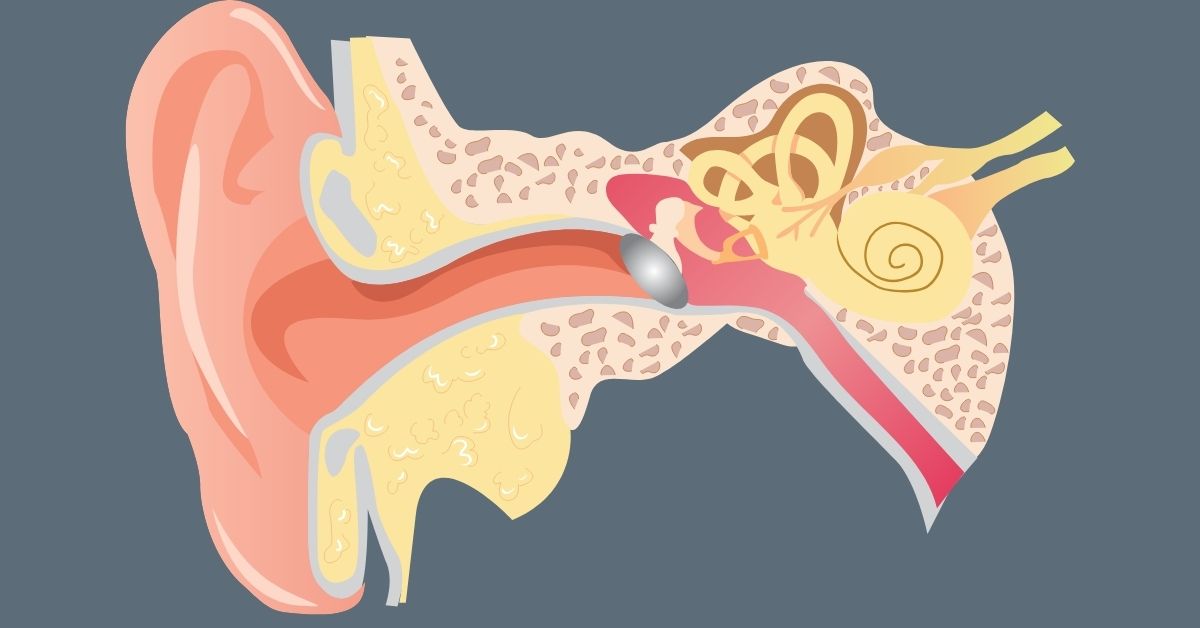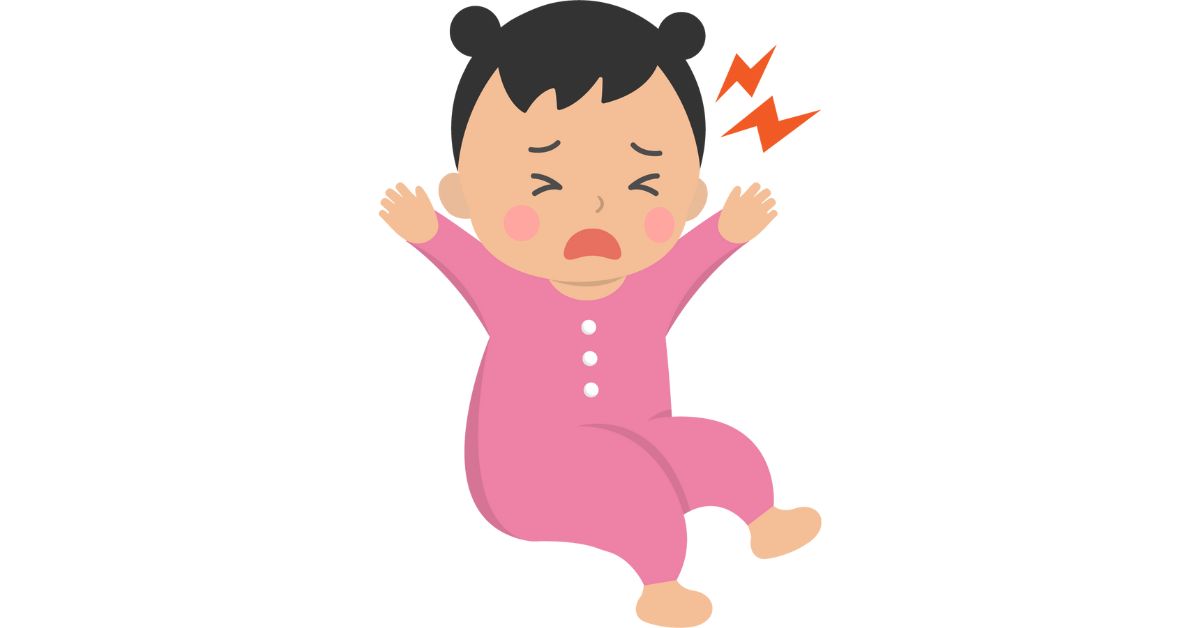All About Normal Growth Charts And Growth Spurts In Children Of All Ages. Did you wake up this morning and suddenly feel like your daughter or son suddenly grew a lot overnight? Do you sometimes feel like they’re growing way too fast in terms of appearance? If yes, it’s quite likely that your kid is experiencing a growth spurt.
At the outset, it is important to understand what constitutes normal growth in children. Akin to all child health and fitness matters, there is no one-size-fits-all formula for normal growth rates among kids. Each child is unique and will therefore grow at his or her own pace, and may grow at a speed very different from the average.
You should make a personalised growth chart for your child and work on it with the paediatrician to ensure accuracy. Don’t worry if your child’s growth is not close to the average. The only thing that you and your paediatrician need to be concerned with is whether your child is crossing appropriate developmental milestones for his/her age or not. These milestones are assigned age ranges rather than specific ages because the changes involved are very dynamic.
Some children have a tendency to cross their milestones before the average age range. Some others cross them well after prescribed ranges, too. Delays like these aren’t usually a problem if they aren’t accompanied by other symptoms. It is very much normal for your child to show rapid growth at the start but suddenly become the slowest growing child in their peer group. They may also be slow at the start but eventually grow faster than most. Growth spurts involve this last category of change.
Growth spurts are periods of heightened and abnormally rapid growth in children across various age groups. While children of any age may exhibit signs of growth spurts, the age groups most likely to do so are preschoolers and pre- to early teenagers. Children aged 3-5 and those between 11 and 16 years of age are most susceptible to spurts in growth.
Symptoms of Toddler/Preschooler Growth Spurts
Babies grow at an incredibly fast pace in the first year of their lives. Comparatively, the second year appears to be quite relaxed. Growth slows down in the second year, and it picks up again in the third to fifth year. It is typically in this phase that spurts in growth occur. They may start showing signs of spurts during their toddler years or soon after they become preschoolers.
Among preschoolers, spurts in growth show a rather predictable set of symptoms. Typically, toddlers going through growth spurts will consume significantly larger amounts of food than usual. Most toddler parents are left thinking, “Why is my toddler hungry all the time?” And to be honest, the incessant hunger may actually be quite worrisome to some parents. In many cases, constant hunger is observed alongside heightened irritability and bad temper. Some preschoolers may even appear to behave rebelliously.
Symptoms of Adolescent Growth Spurts
It is not easy to spot growth spurts in adolescents because the expected developmental milestones themselves are pretty radical. Teenage years are full of rapid fundamental changes that are both physical as well as mental.
However, there are some symptoms that may stand out among the rest. The most obvious symptom for some teenagers may be a sudden and unexpected growth in height. They may notice the formation of stretch marks on their bodies due to this sudden boost in height. For teenagers or pre-teens who have been slower in growing compared to their peers, adolescent growth spurts can be especially noticeable.








